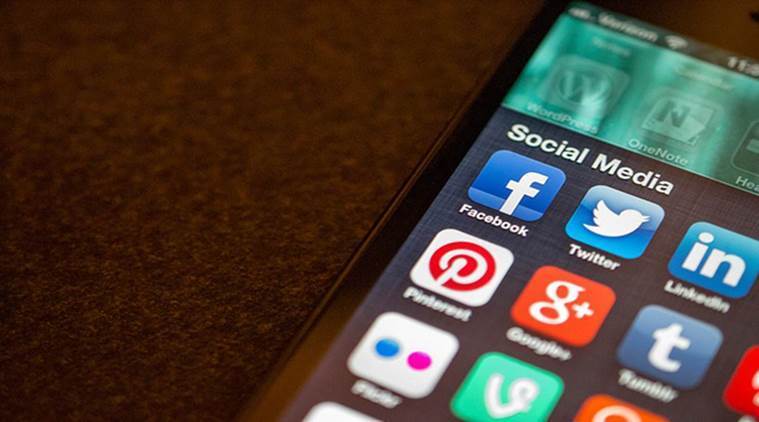
THE election season has started on harshly inauspicious notes. There is loose talk of the forced disappearance of hands that are laid upon Hindu women. Is it now dangerous for Boy Scouts to help little old Hindu ladies across the street? Priyanka Gandhi, who entered the fray in eastern UP, has been accused of having bipolar disorder. It’s not a diagnosis but an accusation, as if it were a crime. The opinions of the large number of people who live with the condition remains uncanvassed by reporters, but they have reason to feel insulted. In Aligarh, in a bizarre recreation of January 30, members of a now-irrelevant Hindu organisation took turns taking potshots at a poster of Mahatma Gandhi with a popgun. From the pictures which flooded social media, it looks to be good for harassing mice at very close range, but not much more. And News 18 was probably the first off the blocks with the report that India featured in the annual briefing of the US Senate Committee on Intelligence by Director of National Intelligence Dan Coats. The written document warned of communal violence in India if “the BJP stresses Hindu nationalist themes” in the run-up to the elections.
Most people appear to have learned of the popgun and intelligence stories through social media forwards, well before they formally reached the Indian airwaves. That’s happening with more and more stories, and television is no longer at the leading edge of the news. One wonders if the same social media can be used in reverse. If the scripting teams of Stephen Colbert and James Oliver (he has taken an interest in Indian affairs in the past) could be alerted to hilarious events in India, such as the economic numbers game in progress (the latest match is over unemployment figures), we could have a bit of comedy on the airwaves. The domestic discourse on these issues consists of learned slanging matches on TV, and dreary Opeds accompanied by incomprehensible charts. The comedy is restricted to ticketed gigs for small audiences, and some excellent Twitter humour for the rest of us. Public humour is better offshored if it’s faltering domestically. We did better in the socialist era, when there were popular works like the poet and bureaucrat Tarapada Ray’s Poverty Line, the account of a man who is “merely poor, very poor,” who is approached by economists bearing a bright and shining poverty line. When it is found to be unsatisfactory, brighter and shinier poverty lines are brought forth, but the poor man is in no way enriched. A mischievous colleague with a long memory sees a parallel of the present situation with Soviet Russia, where economic mythmaking had assumed epic proportions. Every year, they churned out tremendous production statistics about harvests in Ukraine and the efficiency of the Lada production lines but curiously, common citizens found little to buy and nothing to ride in.
Ronald Reagan made light of it with a joke in the darkest time of the Cold War. It went something like this. A car buyer in the Soviet Union is told he has a 10 year wait. He plonks down his roubles and asks, “Delivery morning or afternoon, 10 years from today?” Surprised, the car dealer asks: “What difference does it make, 10 years after?” The buyer replies, “Well, the plumber is supposed to come in the morning.”
We haven’t had to wait half as long for a new news TV channel, headlined by prominent anchors who went off the air in recent years. Kapil Sibal of the Congress is one of HTN’s promoters, and since a party-backed channel is a novelty in Delhi, there are some misgivings. But given the number of party-backing channels already out there, this was inevitable. HTN should be more concerned that it is being seen as a competitor of Republic TV, which is also launching a Hindi channel. Given that News18 (whose group has launched a newspaper) has given Republic 0.1 per cent share in the news market in a prominent advertisement this week, this is really not a compliment.
There’s good news from the social and search space, where Google, Facebook and Twitter are formalising transparency norms for political advertising in the campaign season. Basically, it means that the platforms and their users will get to know who’s behind which ad. So far, though, there is no clarity on the Election Commission’s determination to impose digital hygiene in social media in the last 48 hours before elections. Full marks for trying, but who – or which algo – is capable of reliably analysing the millions of forwards which are thumbed out every day?
(pratik.kanjilal@expressindia.com)